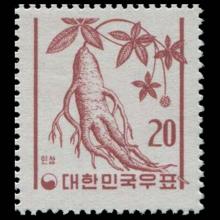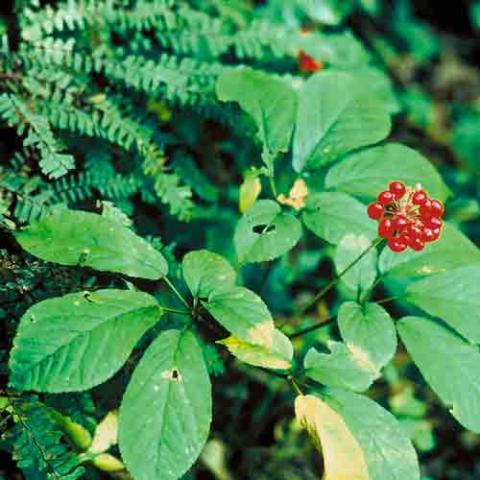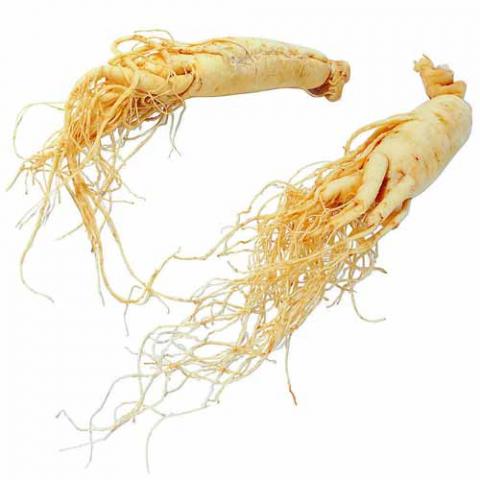NAME(S)
TAXONOMY
PLANTAE ID
THERAPEUTIC
USSR
Issued:
Stamp:
Panax ginseng
South Korea
Issued:
Stamp:
Panax ginseng
USSR
Issued:
Stamp:
Panax ginseng
South Korea
Issued:
Stamp:
Panax ginseng
USSR
Issued:
Stamp:
Panax ginseng
South Korea
Issued:
Stamp:
Panax ginseng
Botanical characteristics, pharmacological effects and medicinal components of Korean Panax ginseng C A Meyer
by Kwang-tae Choi, September 1, 2008
Abstract
Korean Panax ginseng C A Meyer is mainly used to maintain the homeostasis of the body, and the pharmacological efficacy of Korean ginseng identified by modern science includes improved brain function, pain-relieving effects, preventive effects against tumors as well as anti-tumor activity, enhanced immune system function, anti-diabetic effects, enhanced liver function, adjusted blood pressure, anti-fatigue and anti-stress effects, improved climacteric disorder and sexual functions, as well as anti-oxidative and anti-aging effects. Further clinical studies of these pharmacological efficacies will continue to be carried out. Korean ginseng is found to have such main properties as ginsenoside, ployacety-lene, acid polysaccharide, anti-oxidative aromatic compound, and insulin-like acid peptides. The number of ginsenoside types contained in Korean ginseng (38 ginsenosides) is substantially more than that of ginsenoside types contained in American ginseng (19 ginsenosides). Furthermore, Korean ginseng has been identified to contain more main non-saponin compounds, phenol compounds, acid polysaccharides and polyethylene compounds than American ginseng and Sanchi ginseng.
Reference: Nature.com
Genus species (Plantae): Panax ginseng
Panax ginseng, the ginseng, also known as Asian ginseng, Chinese ginseng, or Korean ginseng, is a species of plant whose root is the original source of ginseng. It is a perennial plant that grows in the mountains of East Asia.
Distribution
Panax ginseng is native to mountainous regions of Russian Far East (Outer Manchuria), Northeast China, and the Korean Peninsula. It is a protected plant in Russia and China, and most commercial ginseng is now sourced from plants cultivated in China, Korea and Russia. The plant is a slow-growing perennial and the roots are usually harvested when the plants are five or six years old.
Cultivation
Panax ginseng is one of the most commonly cultivated ginseng species, along with P. notoginseng (grown naturally in China), P. ginseng (grown naturally in China, North Korea and South Korea), and P. quinquefolius.





